About this Manual
Contents
Figures
Tables
1 Introduction
2 FE Results
2.1 FE Import Results Set
2.2 FE Import Analysis Group
2.2.1 SelectionGroupType
2.2.2 MaterialAssignmentGroup
2.2.3 IgnoreZeroData
2.2.4 SolutionLocation
Element
NodeOnElement
AveragedNodeOnElement
SpotWeld
SeamWeld
StrainGauge
AdhesiveBond
2.2.5 EntityDataType
Stress
LinearStrain
ForceMoment
Displacement
Vibration
StressAndStrain
2.2.6 SurfaceNodesOnly
2.2.7 ResolveToLocal
2.2.8 Stress Gradients
2.2.9 ShellLayer
2.2.10 MaterialOrientationTensor
2.2.11 StateVariableKey
2.2.12 IncludeSpotWeldNuggets
3 Loading
3.1 Time Series Load Provider
3.2 Constant Amplitude Load Provider
3.3 Time Step Load Provider
3.4 Temperature Load Provider
3.5 Hybrid Load Provider
3.6 Vibration Load Provider
3.6.1 Resolution of FRF to Abs Max, Signed Von Mises, or Critical Plane
3.6.2 Combination of Load PSD and FRF to Get Local PSD (PSD Cycle Counter)
3.6.3 Multiple Random Inputs (Multi-PSD Analysis)
References
3.6.4 PSD-rainflow Prediction Using Lalanne, Dirlik, Narrow Band, Steinberg (PSD Cycle Counter)
Lalanne
Dirlik
Narrow Band
Steinberg
3.6.5 Sine-on-random-rainflow Prediction (Sine-on-random Cycle Counter)
3.6.6 Combination of SineDwell Definition with FRF to Get Local Rainflow Count
3.6.7 Combination of Swept-sine Definition with FRF to Get Local Rainflow Count
3.6.8 Superposition of Static Load Case
3.6.9 Inclusion of a Temperature Load Case
3.6.10 Vibration Load Provider properties
FrequencySelectionMethod
MinFrequency
MaxFrequency
FrequencyInterval
InterpolationMethod
CycleCountBins
LoadingMethod
PSDCycleCountMethod
ExposureDuration
NoiseFloor
SweepType
SweepRate
NumberOfSweeps
3.7 Duty Cycle Load Provider
3.8 Aero Spectrum Handling and Aero Spectrum Load Providers
4 Materials
4.1 Material Properties and Analysis Types
4.2 Material Group Parameters
4.2.1 Scale Factor and Offset
4.2.2 Surface Finish and Surface Treatment Settings
KTreatment
KUser
KRoughness
Enter Roughness Factor
Enter Surface Roughness
Descriptive
4.2.3 Weld Diameter
Enter Value
Automatic
4.2.4 Default Temperature
4.2.5 ShapeFactor
4.2.6 Adhesive Thickness
4.2.7 Bond Line Offset
4.2.8 Initial Crack Size
4.2.9 Material Generation
Standard SN Property Generation
Standard EN Property Generation
Dang Van Property Generation
5 Analysis Runs
5.1 Time History Compression
5.2 Standard Assessment Analysis Engine
5.3 Standard SN Analysis Engine
5.3.1 Summary
5.3.2 Note on Rainflow Cycle Counting
5.3.3 Note on Damage Calculation and Accumulation
5.3.4 SNMethod
Standard
MultiMeanCurve
MultiRRatioCurve
Haigh
Bastenaire
MultiTemperatureCurve
Chaboche
Chaboche Transient
Using Chaboche mean stress correction
Custom
5.3.5 Note on Application of Surface Correction Factors
Standard
Bastenaire
Multi-curve Options
5.3.6 CombinationMethod
AbsMaxPrincipal
SignedVonMises
SignedShear
CriticalPlane
MaxPrincipal
VonMises
Shear
MaxPrincipal
VonMises
Shear
5.3.7 MeanStressCorrection
None
Goodman
GoodmanTensionOnly
Gerber
GerberTensionOnly
Interpolate
FKM
Chaboche
5.3.8 InterpolationLimit
5.3.9 MultiaxialAssessment
MultiAxialAssessment = None
MultiAxialAssessment = SimpleBiaxiality
MultiAxialAssessment = Standard
MultiAxialAssessment = Auto
Note on Duty Cycle Processing
5.3.10 Certainty of Survival
5.3.11 ScaleFactor
5.3.12 OutputMaxMin
5.3.13 BackCalcMode
5.3.14 TargetDamage
5.3.15 BackCalcAccuracy
5.3.16 BackCalcMaxScale
5.3.17 SmallCycleCorrection
5.3.18 EventProcessing
Independent
CombinedFull
CombinedFast
5.3.19 OutputEventResults
5.3.20 CheckStaticFailure
5.3.21 DamageFloor
5.3.22 MaxDamage
5.3.23 StaticFailureDamage
5.3.24 StressGradients
5.3.25 StressGradientsUser
5.3.26 Extracting Temperatures Cycle by Cycle
5.4 Standard EN Analysis Engine
5.4.1 Summary - Standard EN steps
5.4.2 Summary - Multiaxial Assessment steps
Auto mode
5.4.3 Note on Stresses and Strains
5.4.4 Standard Strain-life Material Properties
Strain-life Relationship
Stress-strain Relationship
5.4.5 Gray Iron Strain-life Material Properties
5.4.6 Gray Iron Material Behavior
5.4.7 Note on Rainflow Cycle Counting for Strain-life Calculations
5.4.8 ENMethod
Standard
MultiMeanCurve
MultiRRatioCurve
MultiTemperatureCurve
5.4.9 Gray Iron
5.4.10 CombinationMethod
AbsMaxPrincipal
SignedVonMises
SignedShear
CriticalPlane
TypeBCriticalPlaneShearStrain
5.4.11 MeanStressCorrection
None
Morrow
SmithWatsonTopper
Interpolate
5.4.12 InterpolationLimit
5.4.13 MultiAxialAssessment
Auto mode
Note on Duty Cycle Processing
5.4.14 ElasticPlasticCorrection
None
Neuber
Hoffmann-Seeger
5.4.15 PlasticLimitLoadCorrection
5.4.16 CertaintyOfSurvival
5.4.17 ScaleFactor
5.4.18 OutputMaxMin
5.4.19 BackCalcMode
5.4.20 TargetDamage
5.4.21 BackCalcAccuracy
5.4.22 BackCalcMaxScale
5.4.23 EventProcessing
5.4.24 OutputEventResults
5.4.25 SWTMethod
5.4.26 DamageCalcMethod
5.4.27 LookUpTableSize
5.4.28 CheckStaticFailure
5.4.29 DamageFloor
5.4.30 MaxDamage
5.4.31 StaticFailureDamage
5.4.32 StressGradients
5.4.33 StressGradientsUser
5.5 Multiaxial EN Analysis Engine
5.5.1 Summary
5.5.2 Material Properties
5.5.3 Multiaxial Plasticity and Notch Correction
Basic Principles
Notch Corrections
Plasticity Model
Flow Rule
Plastic Modulus Function
Hardening Rule
5.5.4 Wang-Brown Method
5.5.5 Multiaxial Rainflow Counting Method
Damage Model
5.5.6 Analysis Engine Properties
DamageMethod
PlasticityModel
NotchCorrection
CertaintyOfSurvival
ScaleFactor
EventProcessing
OutputEventResults
DamageFloor
MaxDamage
TimeHistoryProcessing
CheckMaxStrain
StrainLimitDamage
NumberOfSurfaces
MaxStrain
YieldStrain
IncrementMethod
IncrementSize
ExternalIncrementSize
InternalIncrementSize
Beee
Chi
HardeningTolerance
KPrimeRatio
nPrimeRatio
5.6 Standard Dang Van Analysis Engine
5.6.1 Summary
5.6.2 Dang Van Material parameters
5.6.3 The Dang Van criterion
5.6.4 Sheet Cut Edge Effect
5.6.5 Outputs of a Dang Van analysis
Safety Factor
TauCritical
PhCritical
CriticalClearance
FreeEdge
TauZero
DangerFactor
5.6.6 Properties of the Dang Van analysis engine
HardeningParameter
OutputSafetyFactor
OutputTauCritical
OutputPhCritical
OutputTauZero
OutputDangerFactor
OutputCriticalClearance
OutputFreeEdge
DangerFactorType
EventProcessing
OutputEventResults
MaxSafetyFactor
EquivalentStrainLoadcaseIndex
StrainHardeningEffect
NumberOfAngles
ProcessMiddleSheets
OutputSheetCount
OutputSpotWeldDiameter
OutputSpotWeldNumber
StressGradients
StressGradientsUser
5.7 Spot Weld Analysis Engine
5.7.1 Background
Introduction and Modeling Guidelines
Force and Moment Recovery
Stress Calculations
Material Data
Material Data - Coefficient values used in MDB databases
Analysis Process Summary
5.7.2 CombinationMethod and SNMethod
5.7.3 MeanStressCorrection
None
Simple
FKM
5.7.4 NumberOfAngles
5.7.5 ProcessMiddleSheets
5.7.6 CertaintyOfSurvival
5.7.7 ScaleFactor
5.7.8 CalculateTorsion
5.7.9 Output...
5.7.10 BackCalcMode
5.7.11 Target Damage
5.7.12 BackCalcAccuracy
5.7.13 BackCalcMaxScale
EventProcessing
5.7.14 CheckStaticFailure
5.7.15 DamageFloor
5.7.16 MaxDamage
5.7.17 StaticFailureDamage
5.8 Seam Weld Analysis Engine
5.8.1 Introduction
5.8.2 Grouping and Weld Types
Fillet
Overlap
Laser Overlap
Laser Edge Overlap
Solid Weld
Generic
5.8.3 Modeling Guidelines and Calculation Points
General Guidelines
Fillet
Overlap and Laser Edge Overlap Welds
Laser Overlap Welds
5.8.4 Calculation Points and Stress Recovery
Fillet Welds
Overlap Welds
Laser Overlap Welds
Laser Edge Overlap
Generic
5.8.5 Calculation of Stresses from Grid Point Forces and Moments
Additional Notes
5.8.6 Calculation of Stresses from Nodal Displacements and Rotations
Additional Notes
5.8.7 Calculation of Stresses from Solid Elements
5.8.8 Calculation Method
Stress Calculation and Combination
Abs Max Principal Method
Critical Plane Method
Weld Normal Method
Determine the Degree of Bending
Material Properties and Interpolation
Thickness Correction
Fatigue Calculation
Note on Differences in Calculations for Different Weld Types
5.8.9 CombinationMethod
5.8.10 MeanStressCorrection
5.8.11 MultiaxialAssessment
None
SimpleBiaxiality
Standard
5.8.12 CertaintyOfSurvival
5.8.13 ScaleFactor
5.8.14 ThicknessCorrection
5.8.15 BackCalcMode
5.8.16 EventProcessing
Independent
CombinedFull
CombinedFast
5.8.17 OutputEventResults
True
False
5.8.18 CheckStaticFailure
5.8.19 Damage Floor
5.8.20 MaxDamage
5.8.21 StaticFailureDamage
5.9 Strain Gauge Analysis Engine
5.9.1 Standard - Prerequisites
5.9.2 StrainGaugePositioning - Prerequisites
5.9.3 Properties and Functions of the Strain Gauge Analysis Engine
Properties for the Standard method
Properties for the StrainGaugePositioning method
5.9.4 Strain Gauge Positioning Background
5.9.5 References
5.10 Adhesive Bond Analysis Engine
5.10.1 Introduction
5.10.2 Modeling Guidelines, Grouping and Required FE Results
5.10.3 Calculation Points and FE Results Translation
5.10.4 Material Properties
5.10.5 Calculation Method
ScaleFactor
OutputSafetyFactor
OutputEventResults
5.11 Creep Analysis Engine
5.11.1 Summary
5.11.2 Creep—Background
CreepMethod
5.11.3 The Larson-Miller Method
5.11.4 The Chaboche Method
5.11.5 CombinationMethod
MaxPrincipal
VonMises
Shear
AbsMaxPrincipal
SignedVonMises
SignedShear
5.11.6 Stress Limits
5.11.7 Temperature Limits
5.11.8 Duty Cycles
OutputEventResults
StaticFailureDamage
TemperatureSelection
ScaleFactor
5.12 Short Fibre Composite Analysis Engine
5.12.1 Introduction
5.12.2 Engine Operation Summary
5.12.3 Fibre Share Calculation
5.12.4 Material Properties and Local SN Curve Determination
Calculation from Basquin Curves
SN Curves from Digimat
Haigh Curves from Digimat
5.12.5 Analysis Engine Properties
CombinationMethod
SN Method
MeanStressCorrection
MultiaxialAssessment
CertaintyOfSurvival
ScaleFactor
OutputMaxMin
OutputMaterialNames
EventProcessing
OutputEventResults
CheckStaticFailure
DamageFloor
MaxDamage
StaticFailureDamage
5.12.6 Note on Results
5.13 Animation Analysis Engine
5.13.1 Introduction
5.13.2 Analysis Engine Properties
Filename
Overwrite
Decimation
MaxFramesToOutput
5.14 Safety Factor Analysis Engine
5.14.1 Summary
5.14.2 Properties of Safety Factor Analysis Engine
Safety Factor Method
Combination Method
InterpolationLimit
Mean Stress Correction
CertaintyOfSurvival
ScaleFactor
OutputMaxMin
OutputMaterialNames
OutputDangerFactor
TargetLife
MaxSafetyFactor
FactorOFSafetyType
MaxPrincipalPlaneStress
EventProcessing
OutputEventResults
CheckStaticFailure
StressGradients
StressGradientsUser
5.14.3 Details of Safety Factor Analysis Methods
Constant R-ratio factor of safety
Goodman
Goodman tension only
Gerber
Gerber tension only
FKM
Haigh Constant Life Curve
5.14.4 Outputs of a Safety Factor Analysis
Safety factor
Danger Factor
Maximum/Minimum Stress
Plane Angle Phi and Plane Angle Theta
5.15 Strain Energy Analysis Engine
5.15.1 Introduction
5.15.2 Engine Operation Summary
5.15.3 Rainflow Cycle Counting in Strain Energy Analysis
5.15.4 Properties
WNMethod
CombinationMethod
MeanStressCorrection
MultiaxialAssessment
CertaintyOfSurvival
ScaleFactor
OutputMaxMin
OutputMaterialNames
EventProcessing
OutputEventResults
CheckStaticFailure
DamageFloor
MaxDamage
StaticFailureDamage
5.16 Custom Analysis Engine
5.16.1 Introduction
5.16.2 Engine Operation Summary
5.16.3 Material Properties
5.16.4 Properties
5.16.5 General Properties
MultiaxialAssessment
ScaleFactor
OutputMaxMin
OutputMaterialNames
5.16.6 Duty Cycle Properties
EventProcessing
OutputEventResults
5.16.7 Fatigue Properties
CombinationMethod
None
Custom
CycleCounter
Method
DamageFloor
MaxDamage
CheckStaticFailure
StaticFailureDamage
5.16.8 Custom Properties
CustomCombinationOutputs
CustomCombinationTracked
5.17 Composite Analysis Engine
5.17.1 Engine Operation Summary
5.17.2 Material properties
5.17.3 Analysis Engine Properties
MultiaxialAssessment
ScaleFactor
OutputMaxMin
OutputMaterialNames
EventProcessing
OutputEventResults
FailureCriteriaSource
StaticDesignParameter
OutputSeparateFailures
Failure Envelope
Single Failure Criteria
Conservative Failure Criteria
5.17.4 Strength Assessment
Overview
Engineering design parameters
Maximum stress criterion
Maximum strain criterion
Franklin-Marin criterion (1968)
Hoffman criterion (1967)
Norris criterion (1962)
Tsai-Hill criterion (1948)
Tsai-Wu criterion (1971)
Christensen criterion (1997)
Hashin criterion (1980)
Hashin-Rotem criterion (1973)
Applicability of intra-laminar failure criteria
References
6 Results
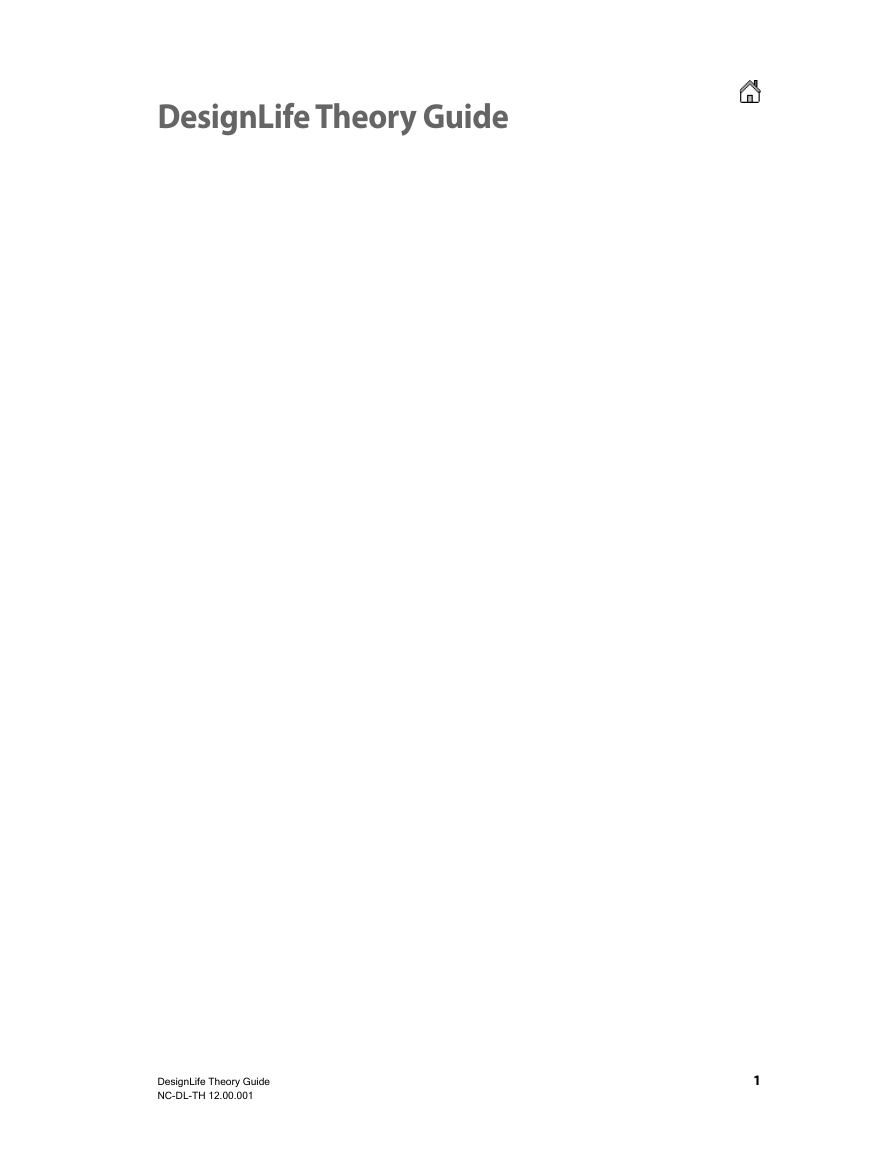
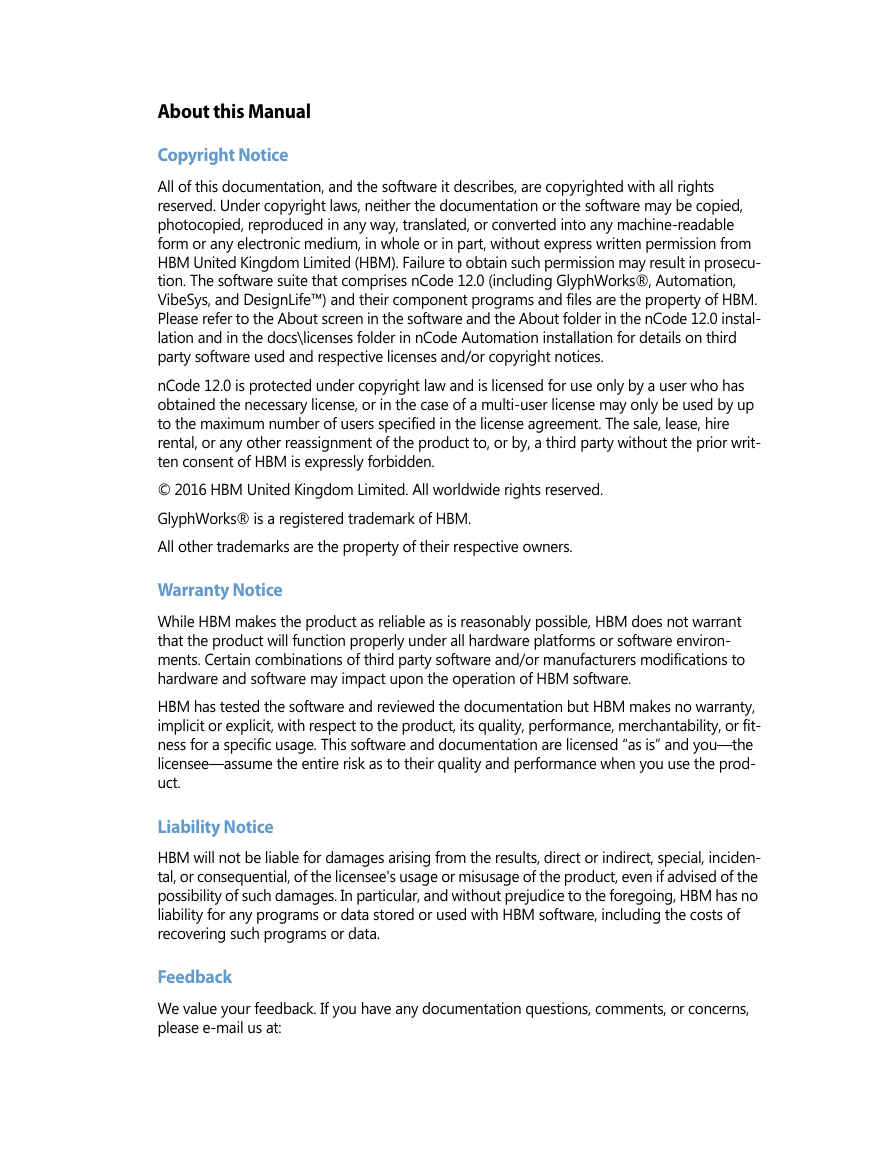

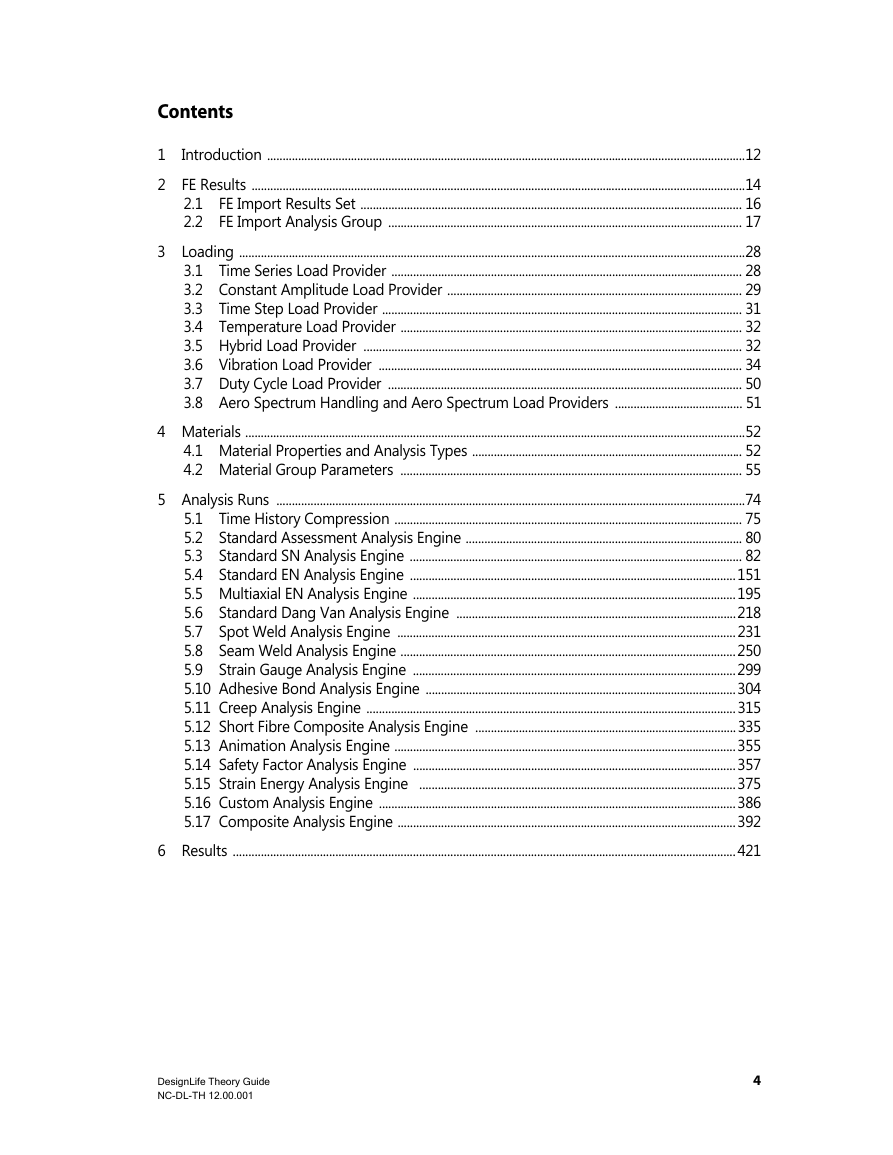


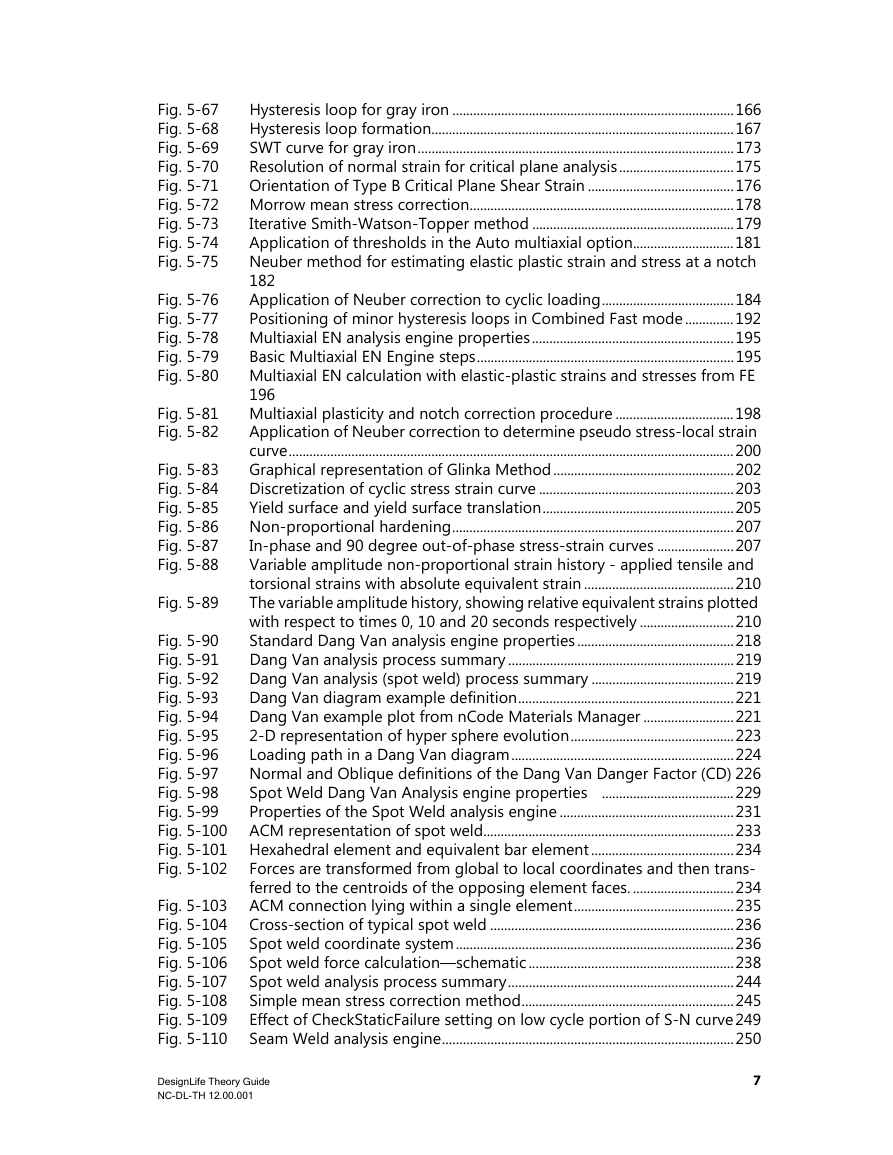
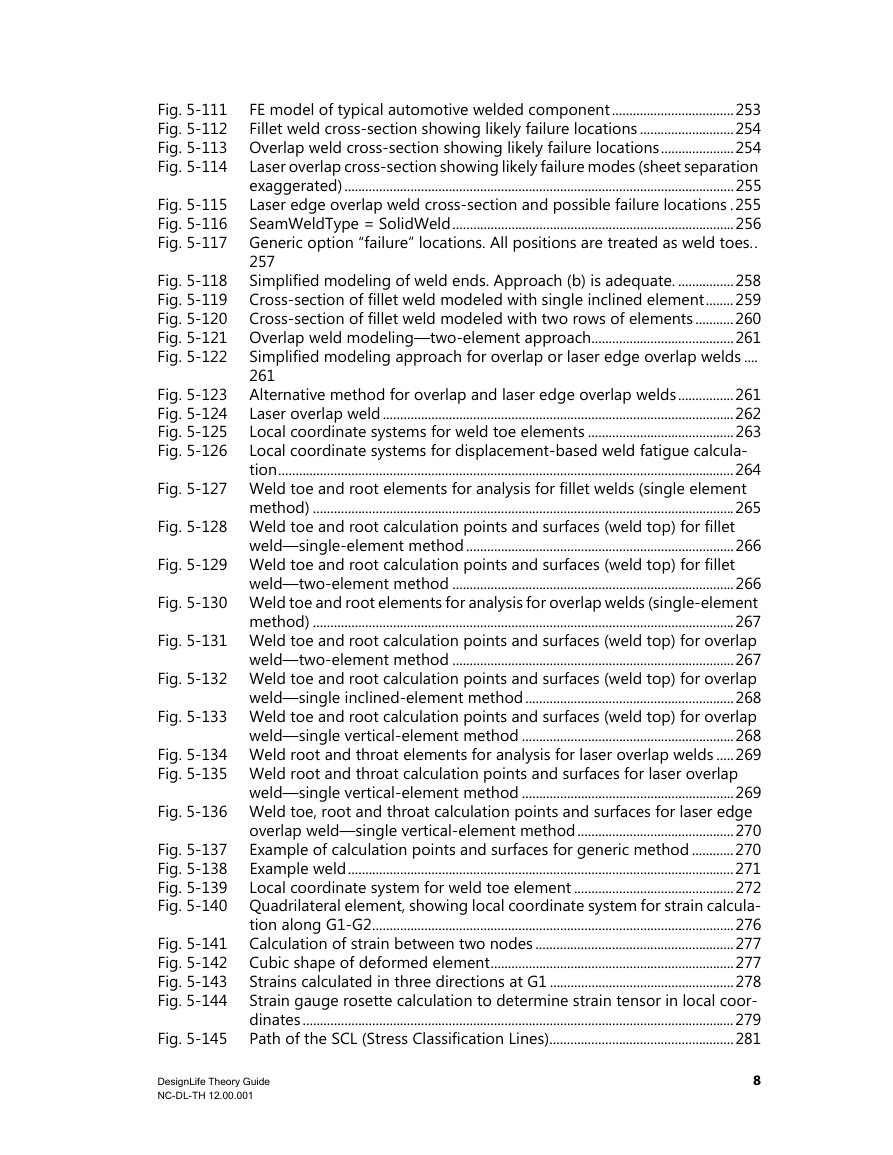








 2023年江西萍乡中考道德与法治真题及答案.doc
2023年江西萍乡中考道德与法治真题及答案.doc 2012年重庆南川中考生物真题及答案.doc
2012年重庆南川中考生物真题及答案.doc 2013年江西师范大学地理学综合及文艺理论基础考研真题.doc
2013年江西师范大学地理学综合及文艺理论基础考研真题.doc 2020年四川甘孜小升初语文真题及答案I卷.doc
2020年四川甘孜小升初语文真题及答案I卷.doc 2020年注册岩土工程师专业基础考试真题及答案.doc
2020年注册岩土工程师专业基础考试真题及答案.doc 2023-2024学年福建省厦门市九年级上学期数学月考试题及答案.doc
2023-2024学年福建省厦门市九年级上学期数学月考试题及答案.doc 2021-2022学年辽宁省沈阳市大东区九年级上学期语文期末试题及答案.doc
2021-2022学年辽宁省沈阳市大东区九年级上学期语文期末试题及答案.doc 2022-2023学年北京东城区初三第一学期物理期末试卷及答案.doc
2022-2023学年北京东城区初三第一学期物理期末试卷及答案.doc 2018上半年江西教师资格初中地理学科知识与教学能力真题及答案.doc
2018上半年江西教师资格初中地理学科知识与教学能力真题及答案.doc 2012年河北国家公务员申论考试真题及答案-省级.doc
2012年河北国家公务员申论考试真题及答案-省级.doc 2020-2021学年江苏省扬州市江都区邵樊片九年级上学期数学第一次质量检测试题及答案.doc
2020-2021学年江苏省扬州市江都区邵樊片九年级上学期数学第一次质量检测试题及答案.doc 2022下半年黑龙江教师资格证中学综合素质真题及答案.doc
2022下半年黑龙江教师资格证中学综合素质真题及答案.doc